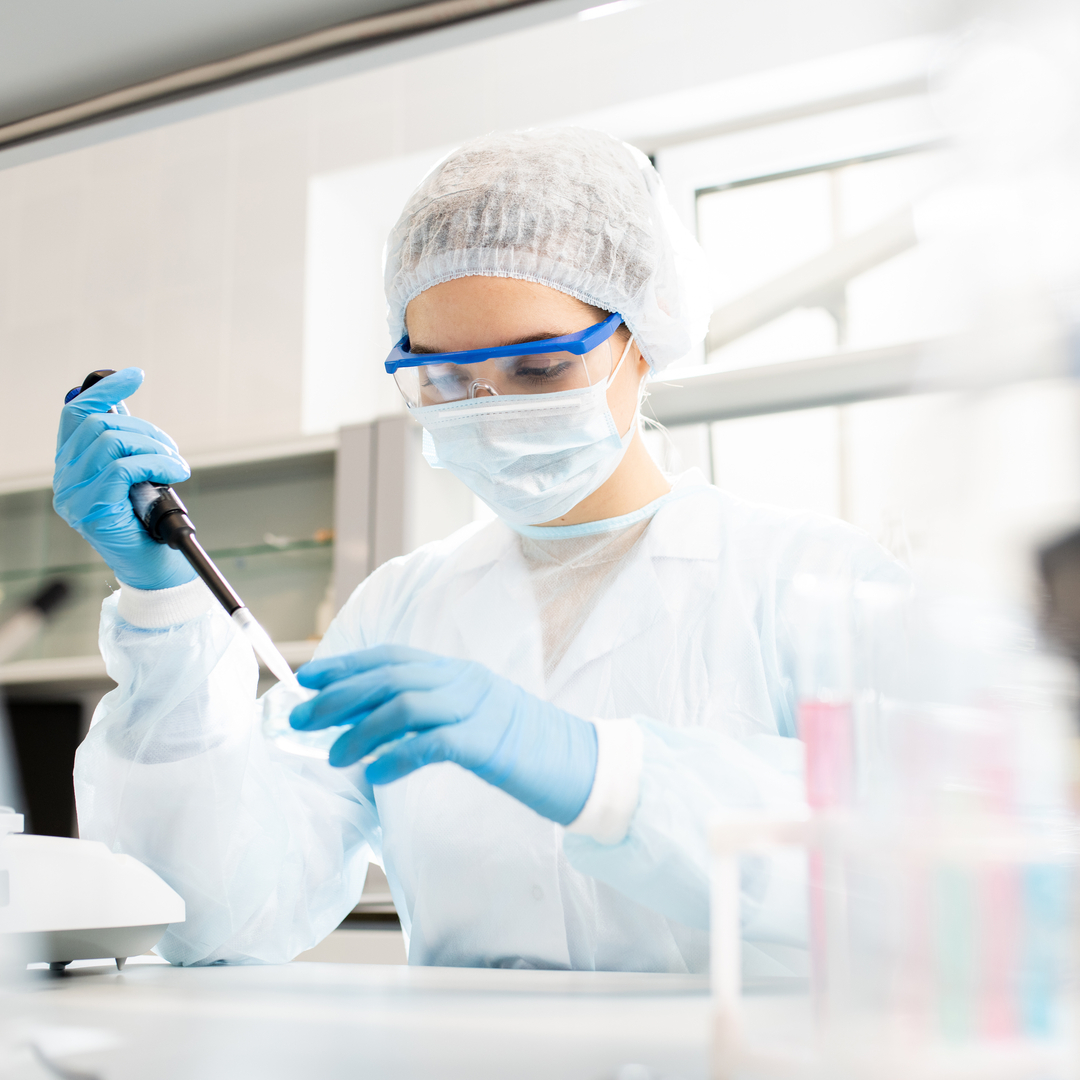It may not be initially apparent, but there is a significant link between cattle, methane emissions, and human health. The agricultural sector is a major contributor to greenhouse gas emissions, and a substantial portion of these emissions come from ruminant animals like cattle, sheep, and goats. These animals rely on microbes in their stomachs to digest plant material, but this digestive process also produces methane, a highly potent greenhouse gas.
While there is a growing discussion about reducing livestock consumption in wealthier countries, many individuals in lower-middle-income countries (LMICs) struggle with protein deficiency, leading to various health issues, particularly in young children. As the African population continues to increase, the demand for livestock products is also on the rise, but this poses challenges in terms of sustainability and climate resilience. How can we meet the growing demand for animal products while minimizing the environmental impact of livestock production?
One approach is to focus on improving animal health. Currently, disease accounts for a significant loss of animal production worldwide, with even higher numbers in LMICs. An ongoing project aims to measure the specific effects of various conditions on productivity and greenhouse gas emission intensity (the amount of GHG produced per kilogram of product). While the results are still preliminary, recent findings have shown:
Miscarriage among Tanzanian dairy cattle leads to a loss of milk and meat production, increasing the GHG emissions intensity of existing products by up to 14%. These losses could have supplied the protein needs of 1 million Tanzanians.
The mortality rate of beef calves within the first year of life in Kenya increases the GHG emissions intensity of Kenyan beef products by 6% and results in a loss of production that could have supplied beef to 3.6 million Kenyans.
By focusing on improving animal health, we can work towards sustainably increasing livestock production while minimizing its environmental footprint. Addressing these issues is crucial for meeting the protein needs of individuals in LMICs and ensuring the long-term health of both people and the planet.
This work is a collaboration between, Edinburgh Napier University, The International Livestock Research Institute (ILRI), The Mazingira Centre (ILRI), The Centre for Tropical Livestock & Genetics, The Roslin Institute, Washington State University, The Nelson Mandela Institute (Arusha, Tanzania), Mekelle University (Ethiopia), FAO, The Global Research Alliance and the Environmental Defense Fund.
Funding was obtained from the Environmental Defense Fund and Bill & Melinda Gates Foundation.

